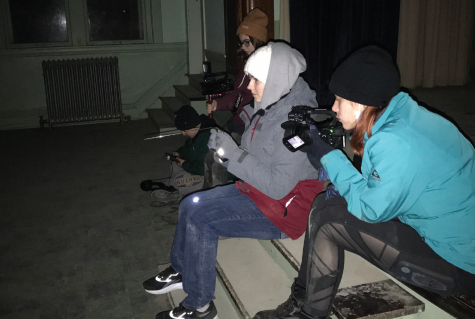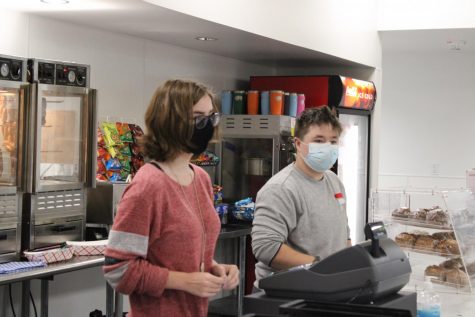Weather: Colder Winter, Drought Persists
March 12, 2018
Usually Montana winters include lots of snow, cold and fun with friends and family throughout the few months we call winter.
This year, it’s been up and down.
Our winter was colder than past years, especially in the south. The coldest periods were from late November to early December, mid-January and early February.
Precipitation was lower than it has been in previous years in the northern U.S. and higher in the south with the snowfall above average in both regions. This has had a huge impact on travelling throughout the winter months.
“Sometimes it takes longer on snowy roads, especially out on Mullan. You have to take into consideration that it might take longer,” says Mariah Swartz, Junior at Big Sky.
Even though there is above average snowfall, the drought the state has been going through will continue throughout northern and eastern counties.
The drought hit early last spring and went throughout the summer, causing a huge fire season for Montana and the surrounding areas which we are still recovering from.
Current snowfall is ranging from 10-15 inches above average snowfall for the winter season. Snowpack in the mountains by April 1st ait’s predicted above normal across the western part of the state according to the Farmer’s Almanac.
A weak La Nina, which is a coupled ocean-atmosphere phenomenon that is the counterpart of El Niño, has formed throughout the winter months and is similar to what happened in the 2016-2017 winter. The La Nina will somewhat determine the weather we have throughout the state.
The Missoula valley temperatures are on average below normal. Part of this can be attributed to an increased number of arctic events. The degree of colder temperatures depends on some factors like Arctic Oscillation, a climate pattern characterized by winds circulating counterclockwise around the Arctic at around 55°N latitude (55 degrees north of the Earth’s equatorial plane). It crosses Europe, Asia, the Pacific Ocean, North America, and the Atlantic Ocean.
The next few months should be on the higher side and be in the mid 40’s with lower temperatures at night. Snow is expected for the first part of March but sunny skies for the rest of the month is expected










